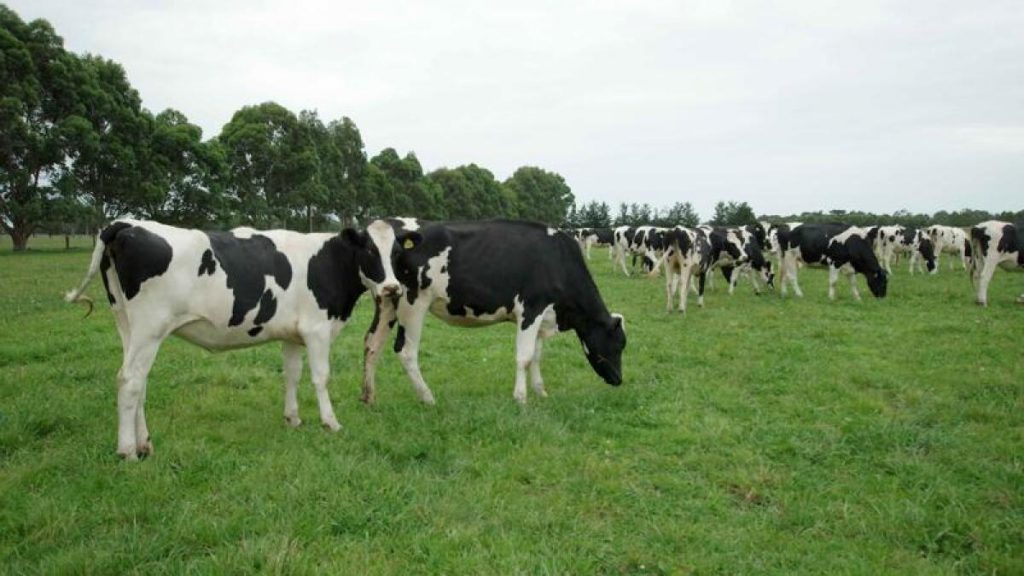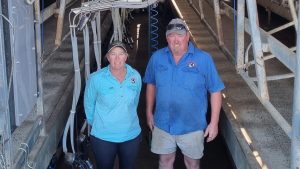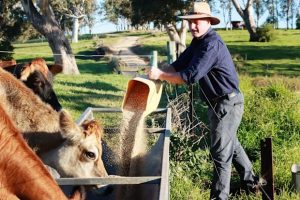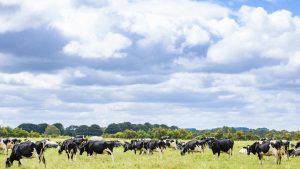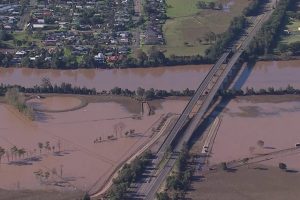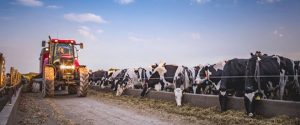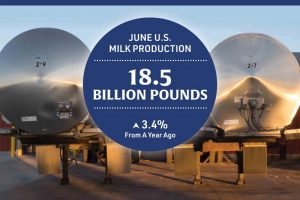
The live export of dairy heifers, particularly to China, has been a lucrative market for Australian dairy farmers in recent years, offering significant trade opportunities and attractive prices for dairy cattle.
But with Chinese demand for dairy heifers waning as China grapples with an oversupply of domestic raw milk production and trade risks around Australia’s live export policy, the future prospects for the sector are far less certain, according to a new industry report by Rabobank.
In its recently-released report New directions for Oceania live dairy cattle exports in a slower market, the agribusiness banking specialist says bearish farm sector fundamentals in China — a market that is irreplaceable — point to slower trade for the foreseeable future.
Report author, RaboResearch senior dairy analyst Michael Harvey, said from 2013 to 2023, exporting dairy heifers to China as the country moved to build its domestic milk production had provided a lucrative opportunity and income diversification for both Australian and New Zealand dairy farms.
“The recent boom in Chinese import demand and subsequent high prices came on the back of a wide-ranging industry revitalisation strategy implemented by the Chinese Government in 2018. This strategy very successfully fuelled farm expansion and herd building,” Mr Harvey said.
Trade had been cyclical over the past decade, with import volumes peaking in 2022 at 233,00 head for Australia and New Zealand combined. But by 2024, trade volumes had slowed significantly.
“The growth journey of China’s milk supply — a key driver of increased heifer exports — is at a critical juncture. The industry is grappling with an oversupply of raw milk, leading to falling local milk prices and lower farm profitability,” Mr Harvey said.
The Rabobank report said moving forward, a recovery in Chinese heifer demand was possible. However, it would require a combination of improved milk prices, increased farm profitability and further government policy to support farm expansion and herd rebuilding.
“For Australian dairy farm businesses engaged in the live dairy heifer export sector, this era of sluggish trade may require a reconsideration of breeding programs and strategic goals,” Mr Harvey said.
Other export markets
With China having consistently accounted for more than 80 per cent of all heifer export numbers from Australia and New Zealand, the hunt may well be on for new and emerging market opportunities, the report says.
The Rabobank report said collectively, the South-East Asian markets, including Singapore, Malaysia, Thailand, Indonesia, Vietnam and the Philippines, was a large milk-deficit region, with self-sufficiency rates ranging from one per cent to 50 per cent.
Based on RaboResearch modelling, the combined import deficit totalled more than 10 billion litres of liquid milk equivalent in 2023.
“More recently, there has been a renewed focus on local herd expansion and milk supply growth, through private and public investment, across some South-East Asian economies to specifically address supply chain and milk price risks,” Mr Harvey said.
“This initiative secures a small but steady flow of live dairy heifer exports into the region.”
The report says reduced demand from China for dairy heifers provides a more attractive opportunity for buyers in South-East Asia, which might lead to an increase in trade moving forward.
However, Mr Harvey said as history showed, the South-East Asian region could not replace China in volume terms, with annual volumes never surpassing 25,000 cows.
Australian policy watch
In Australia, the broader policy environment around live exports also provides a cautionary tale about trade risk for the dairy heifer trade, according to the report.
“While there has been no shift in policy on the live exports of dairy cattle, in May 2024, the Federal Government announced that the export of live sheep by sea from Australia will end on May 1, 2028,” Mr Harvey said.
“And this is another consideration those involved in Australia’s dairy sector trade need to take into account.”
You can now read the most important #news on #eDairyNews #Whatsapp channels!!!
🇺🇸 eDairy News INGLÊS: https://whatsapp.com/channel/0029VaKsjzGDTkJyIN6hcP1K
